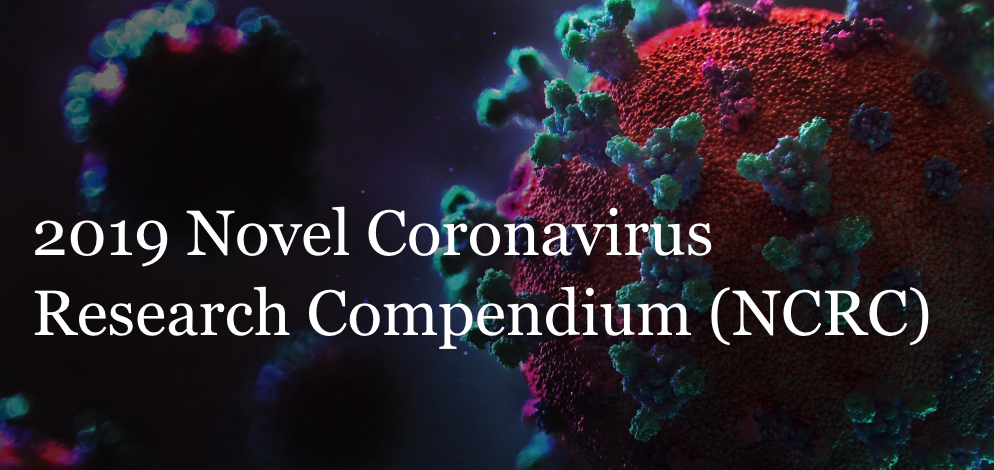Effectiveness of CoronaVac among healthcare workers in the setting of high SARS-CoV-2 Gamma variant transmission in Manaus, Brazil: A test-negative case-control study
This article has been Reviewed by the following groups
Discuss this preprint
Start a discussion What are Sciety discussions?Listed in
- Evaluated articles (ScreenIT)
- Evaluated articles (NCRC)
- Evaluated articles (Rapid Reviews Infectious Diseases)
Abstract
Article activity feed
-

Feng-Cai Zhu
Review 1: "Effectiveness of CoronaVac in the setting of high SARS-CoV-2 P.1 variant transmission in Brazil: A test-negative case-control study"
Reviewer: Feng-Cai Zhu (Jiangsu Province CDC) | 📗📗📗📗◻️
-

Feng-Cai Zhu
Review of "Effectiveness of CoronaVac in the setting of high SARS-CoV-2 P.1 variant transmission in Brazil: A test-negative case-control study"
Reviewer: Feng-Cai Zhu (Jiangsu Province CDC) | 📗📗📗📗◻️
-
-

Our take
In a case-control study, available as a preprint and thus not yet peer-reviewed, of 528 matched pairs of healthcare workers in Manaus, Brazil, the estimated effectiveness of at least one dose of CoronaVac vaccine (Sinovac Life Sciences) against any SARS-CoV-2 infection (regardless of symptoms) was 35.1%, and was 49.6% against symptomatic infection. While the study suggests at least one dose of CoronaVac vaccine is not significantly protective against SARS-CoV-2 infection, these findings are subject to numerous limitations, including inattention to differences between healthcare workers who received one or two doses of CoronaVac.
Study design
case-control
Study population and setting
Between January 19 and March 25, 2021, investigators identified healthcare workers in Manaus, Brazil, with …
Our take
In a case-control study, available as a preprint and thus not yet peer-reviewed, of 528 matched pairs of healthcare workers in Manaus, Brazil, the estimated effectiveness of at least one dose of CoronaVac vaccine (Sinovac Life Sciences) against any SARS-CoV-2 infection (regardless of symptoms) was 35.1%, and was 49.6% against symptomatic infection. While the study suggests at least one dose of CoronaVac vaccine is not significantly protective against SARS-CoV-2 infection, these findings are subject to numerous limitations, including inattention to differences between healthcare workers who received one or two doses of CoronaVac.
Study design
case-control
Study population and setting
Between January 19 and March 25, 2021, investigators identified healthcare workers in Manaus, Brazil, with RT-PCR-confirmed SARS-CoV-2 infections (both with and without symptoms), who were matched to non-infected healthcare workers on age group, neighborhood of residence, and specimen collection dates. Manaus experienced two distinct waves of SARS-CoV-2 transmission in March and November 2020, respectively, with the latter wave attributed to the emergence of the P.1 variant. The authors conducted a matched analysis to identify the odds of SARS-CoV-2 vaccination by CoronaVac, comparing infected healthcare workers to non-infected controls.
Summary of main findings
Of the 67,718 healthcare workers registered in Manaus, 393 and 135 case-control pairs of symptomatic and asymptomatic illness, respectively, were formed. Controlling for age, sex, race, healthcare cadre, frequency of healthcare interactions, and history of SARS-CoV-2 infection before January 19, 2021, the odds of symptomatic COVID-19 infection were 50% lower among healthcare workers who received at least one dose of the CoronaVac vaccine in the 14 days prior to specimen collection. Receiving at least one dose of CoronaVac at least 14 days before specimen collection did not significantly protect against symptomatic or asymptomatic SARS-CoV-2 infection. The estimated effectiveness of at least one dose against any SARS-CoV-2 infection (regardless of symptoms) was 35.1%, and was 49.6% against symptomatic infection.
Study strengths
In the absence of longitudinal, prospective data on individuals, investigators created matched pairs of SARS-CoV-2 infections and non-infected controls, which can provide valid proxies for SARS-CoV-2 risk measures required for estimating vaccine effectiveness. To examine CoronaVac vaccine effectiveness in the context of P.1 transmission, investigators restricted the study period to 2021, when P.1 accounted for >75% of sequenced SARS-CoV-2 specimens in Manaus.
Limitations
Investigators did not enumerate or distinguish between individuals who had received one or two doses of CoronaVac, which could produce biased estimates of vaccine effectiveness. Additionally, healthcare workers were not matched on occupational cadre, nor was the setting in which participants worked (i.e., hospital intensive care unit, outpatient primary care center) enumerated; because healthcare workers cadres may have differential SARS-CoV-2 exposure risks, inattention to occupational settings could further bias vaccine effectiveness estimates. Since recruitment into the study required availability of a SARS-CoV-2 test specimen, vaccine effectiveness measures could be inflated for healthcare workers with asymptomatic illness, as SARS-CoV-2 testing would likely be influenced by the presence of COVID-19 symptoms. Lastly, vaccine effectiveness was calculated over a two-month period (January to March, 2021), which limits inferences about the CoronaVac’s potential effectiveness over more prolonged periods (i.e., six months).
Value added
This is among the first studies to estimate the effectiveness of the CoronaVac vaccine in the context of P.1-dominant SARS-CoV-2 transmission.
-

SciScore for 10.1101/2021.04.07.21255081: (What is this?)
Please note, not all rigor criteria are appropriate for all manuscripts.
Table 1: Rigor
Institutional Review Board Statement IACUC: The study was approved by the Ethical Committee for Research of Federal University of Mato Grosso do Sul (CAAE: 43289221.5.0000.0021). Randomization not detected. Blinding not detected. Power Analysis not detected. Sex as a biological variable not detected. Table 2: Resources
No key resources detected.
Results from OddPub: Thank you for sharing your code and data.
Results from LimitationRecognizer: An explicit section about the limitations of the techniques employed in this study was not found. We encourage authors to address study limitations.Results from TrialIdentifier: No clinical trial numbers were referenced.
Results from Barzooka: We found bar graphs of …
SciScore for 10.1101/2021.04.07.21255081: (What is this?)
Please note, not all rigor criteria are appropriate for all manuscripts.
Table 1: Rigor
Institutional Review Board Statement IACUC: The study was approved by the Ethical Committee for Research of Federal University of Mato Grosso do Sul (CAAE: 43289221.5.0000.0021). Randomization not detected. Blinding not detected. Power Analysis not detected. Sex as a biological variable not detected. Table 2: Resources
No key resources detected.
Results from OddPub: Thank you for sharing your code and data.
Results from LimitationRecognizer: An explicit section about the limitations of the techniques employed in this study was not found. We encourage authors to address study limitations.Results from TrialIdentifier: No clinical trial numbers were referenced.
Results from Barzooka: We found bar graphs of continuous data. We recommend replacing bar graphs with more informative graphics, as many different datasets can lead to the same bar graph. The actual data may suggest different conclusions from the summary statistics. For more information, please see Weissgerber et al (2015).
Results from JetFighter: We did not find any issues relating to colormaps.
Results from rtransparent:- Thank you for including a conflict of interest statement. Authors are encouraged to include this statement when submitting to a journal.
- Thank you for including a funding statement. Authors are encouraged to include this statement when submitting to a journal.
- No protocol registration statement was detected.
-



